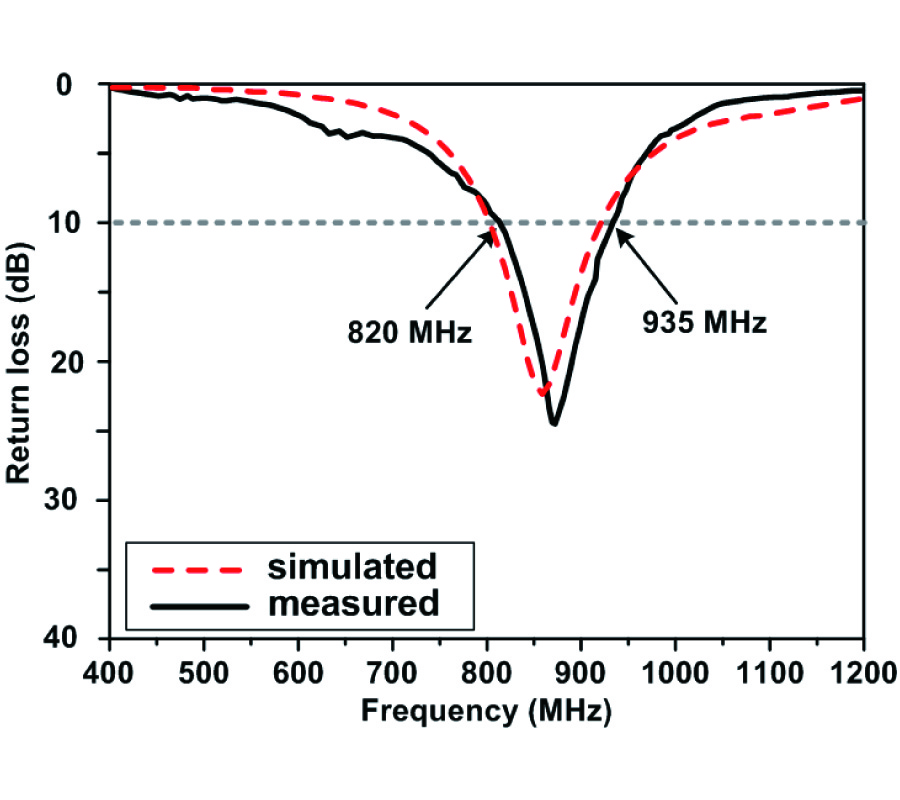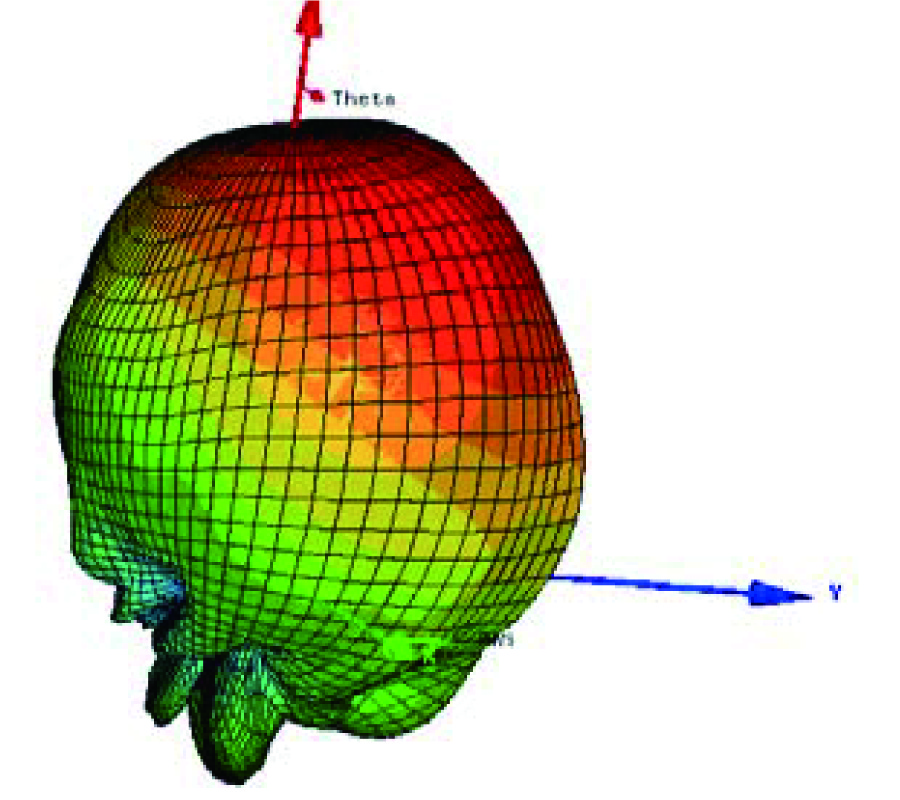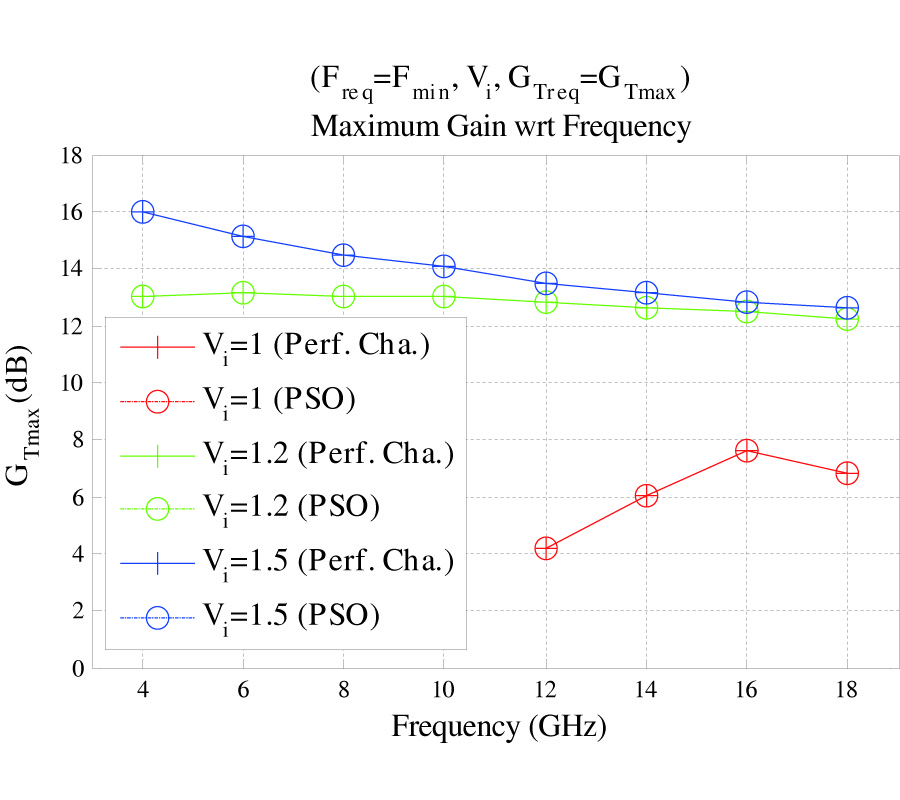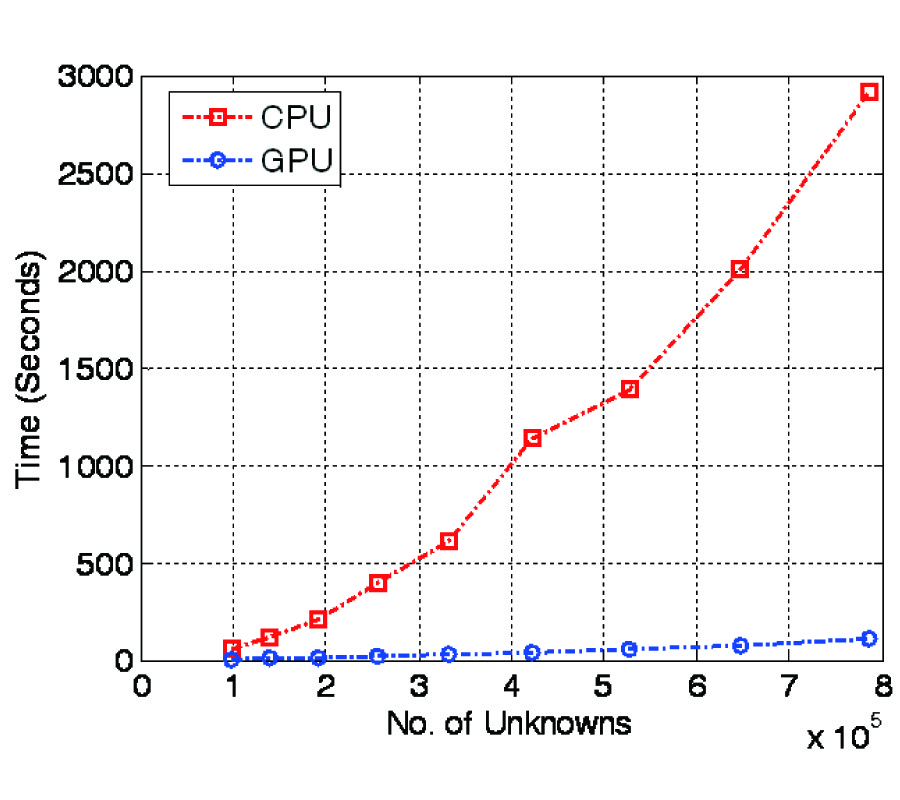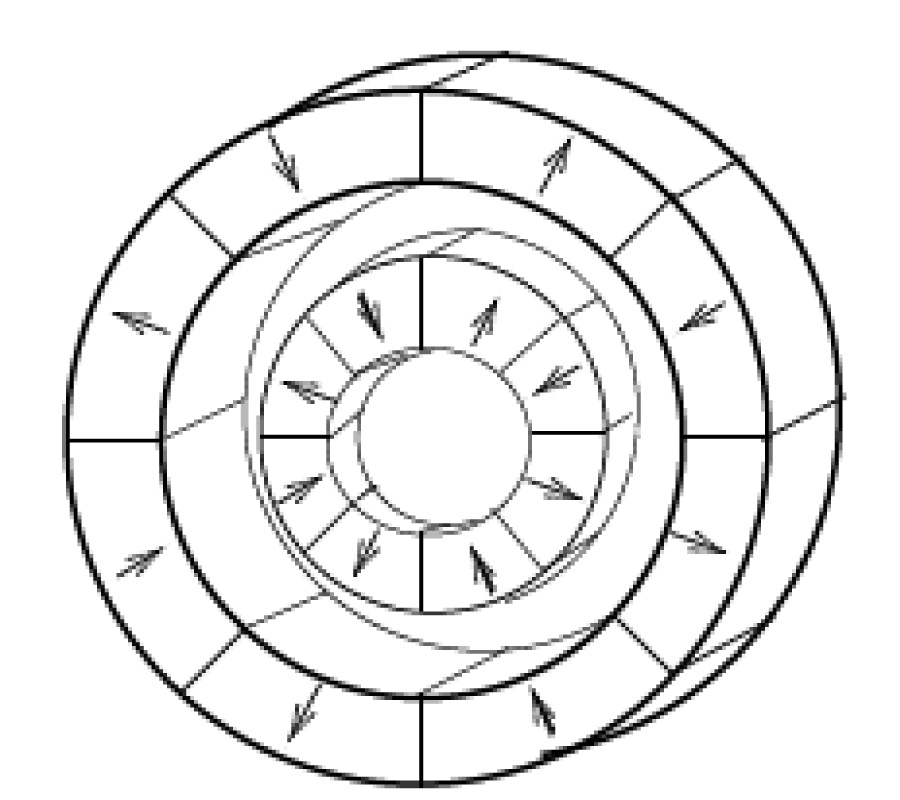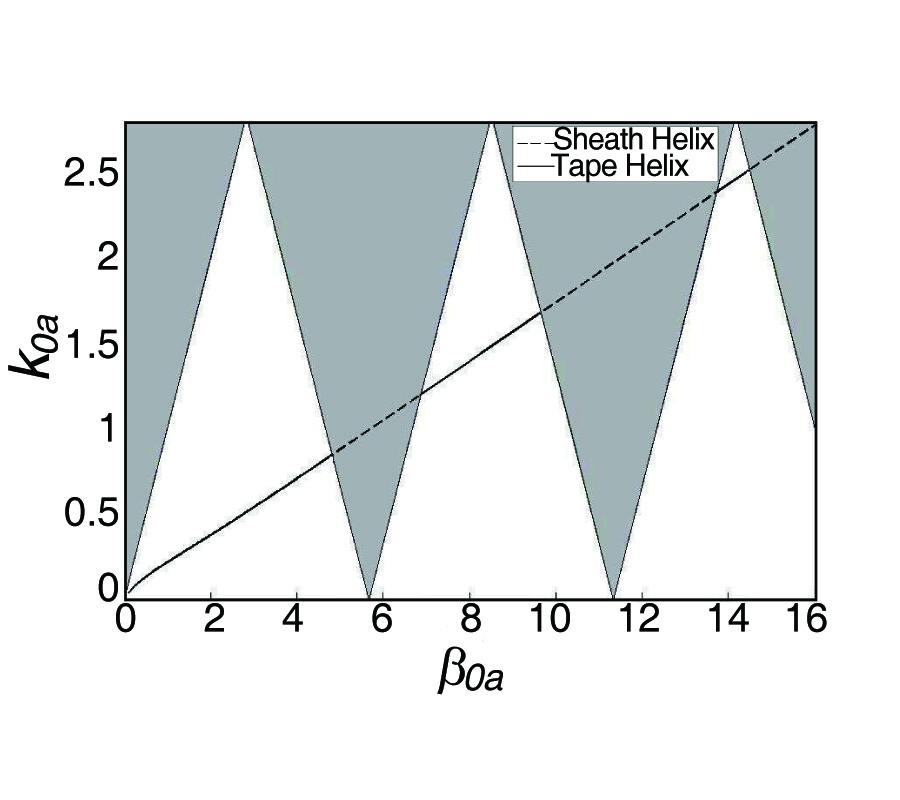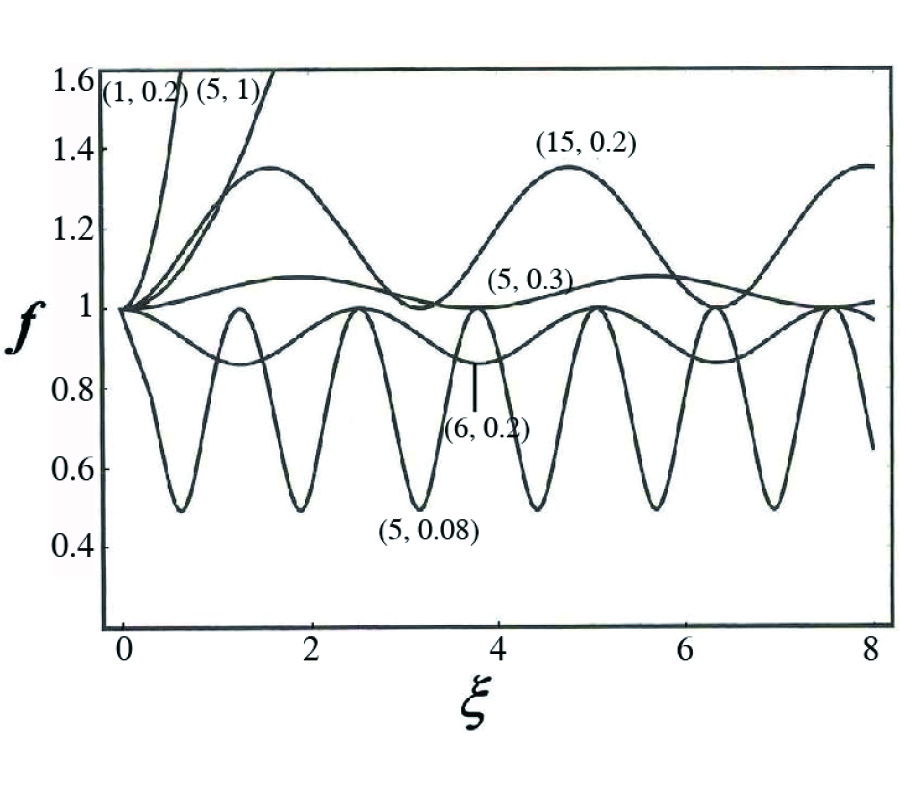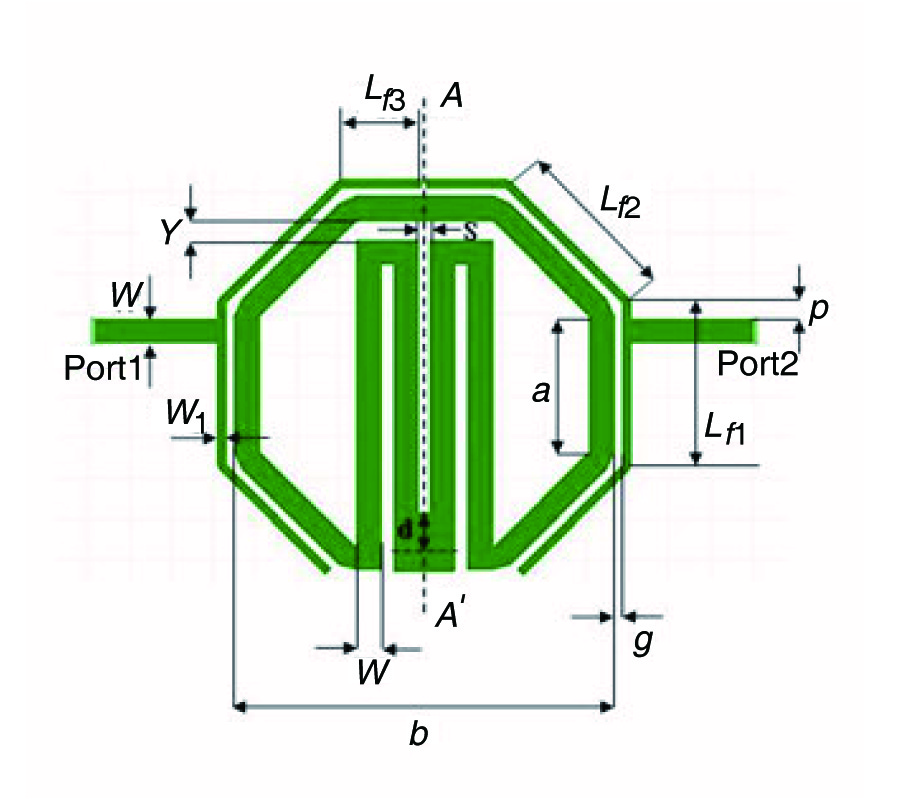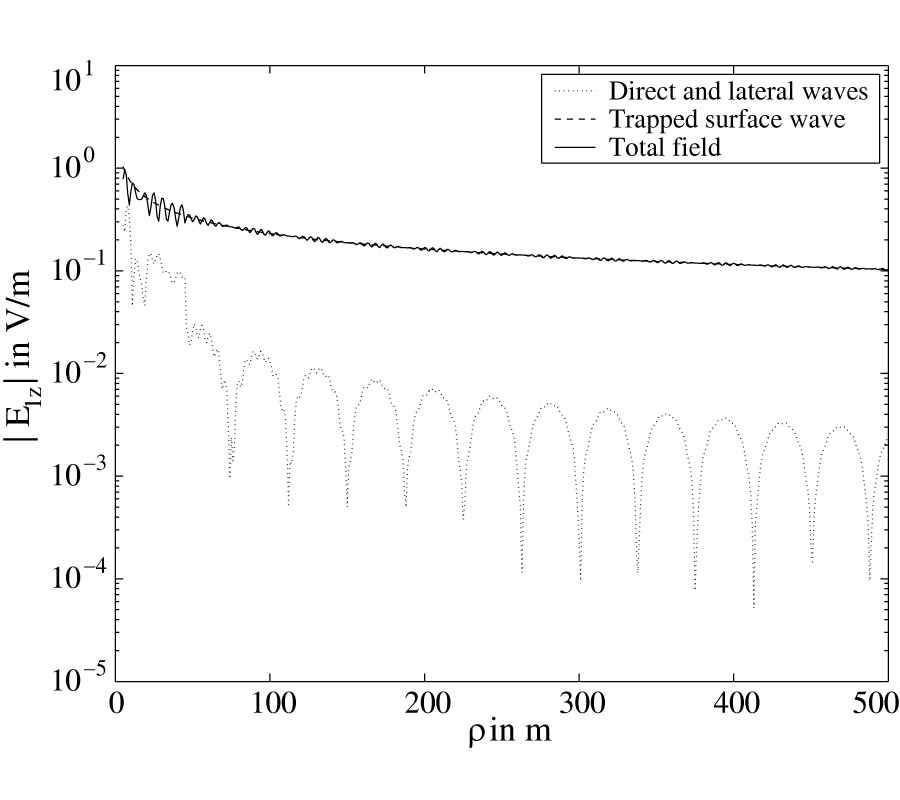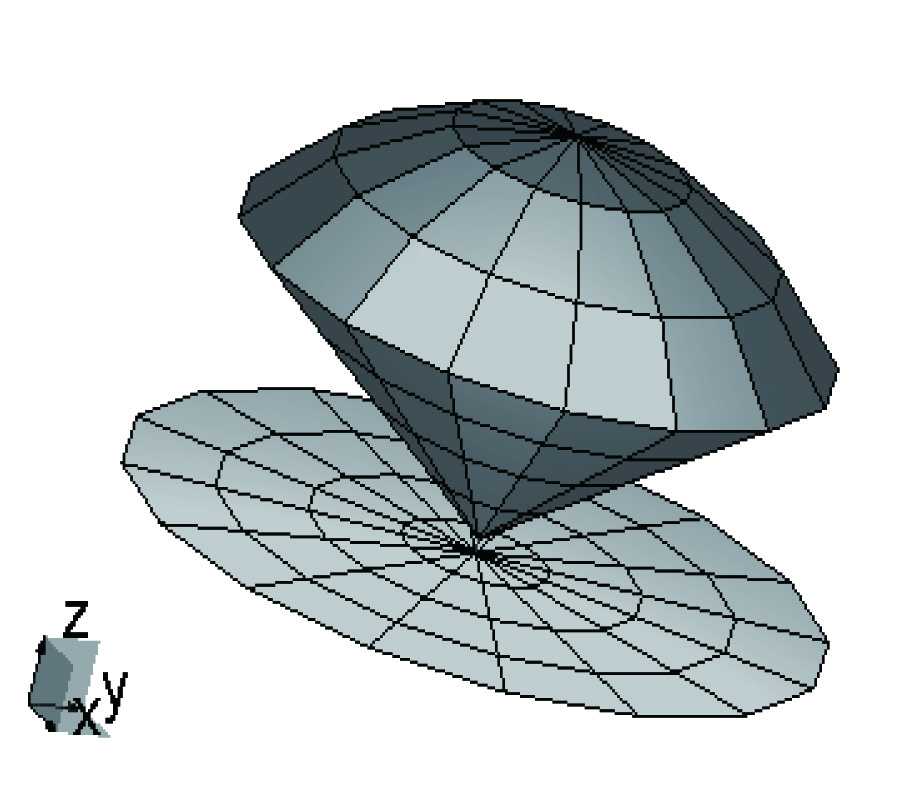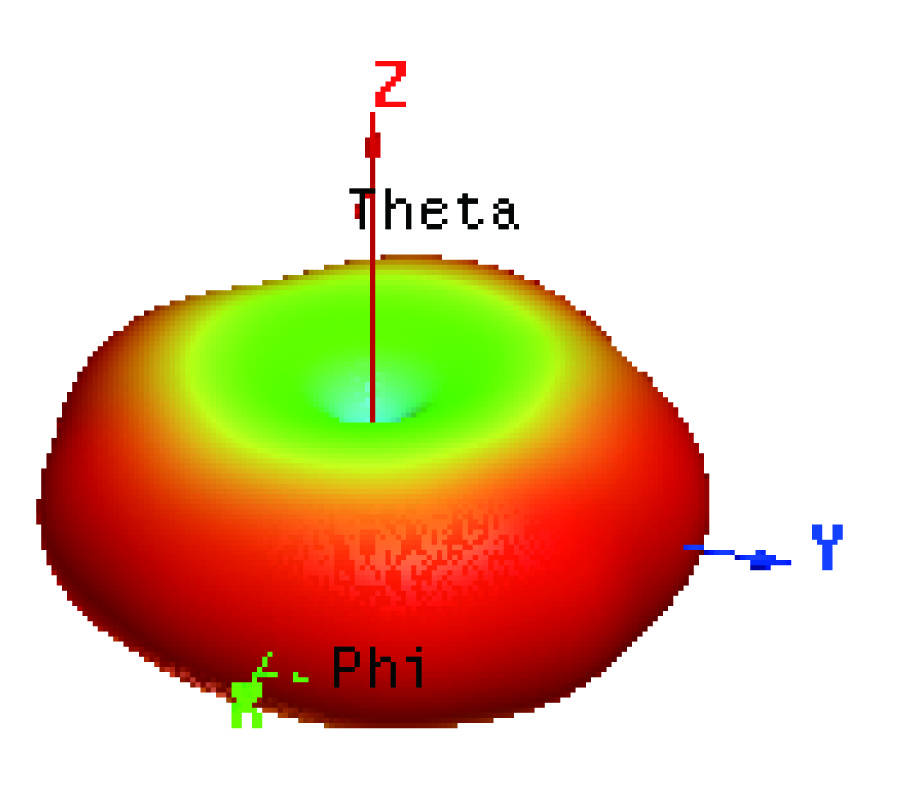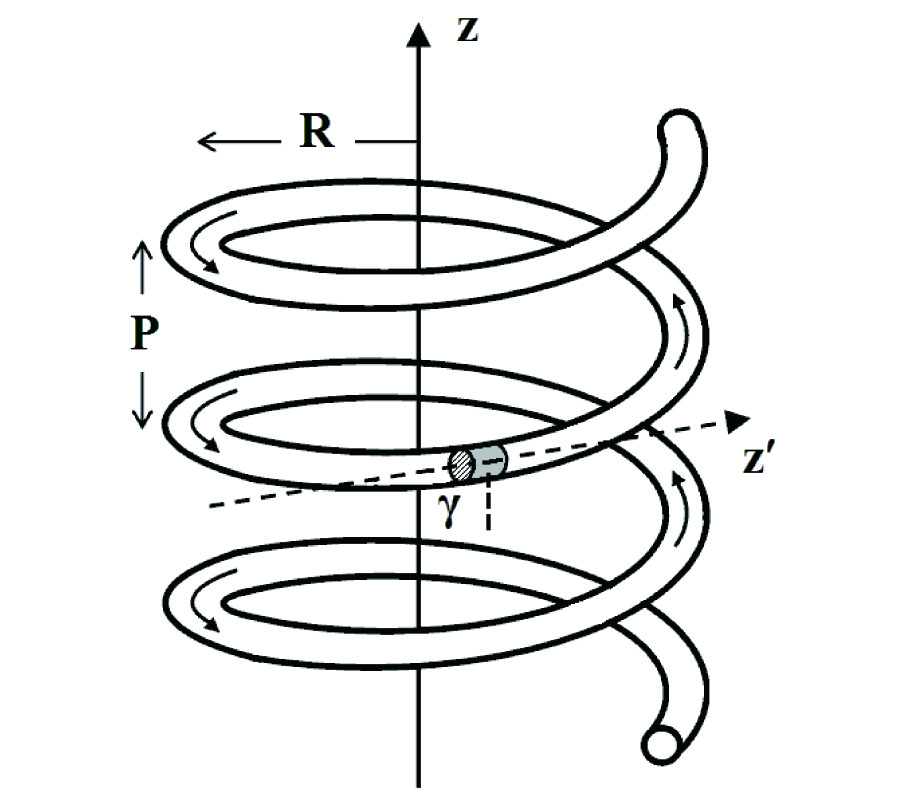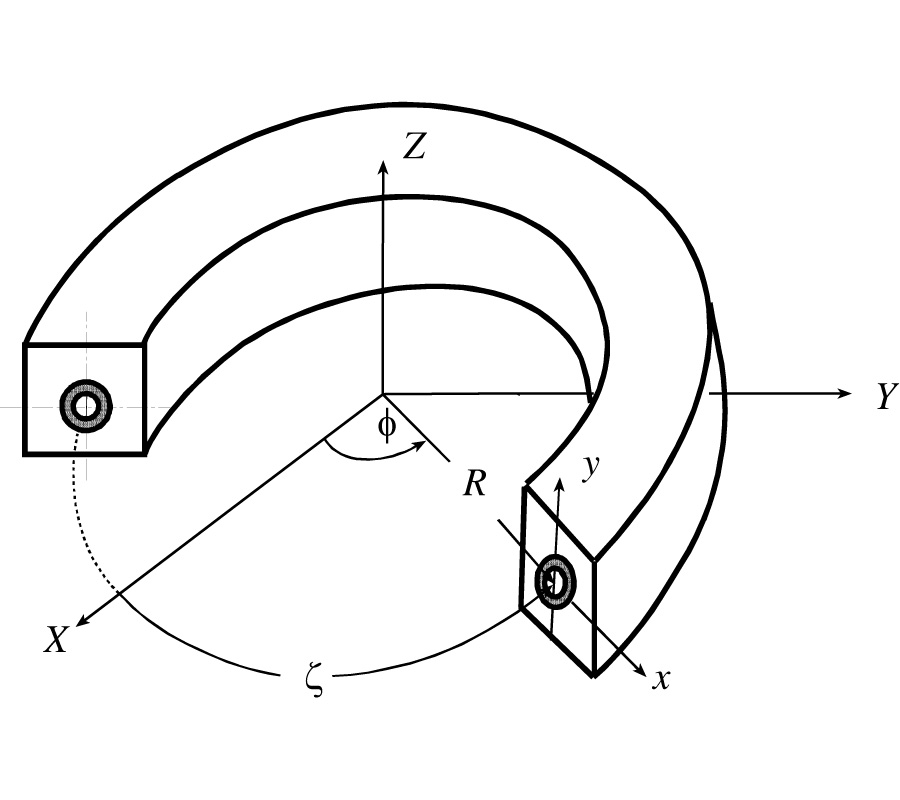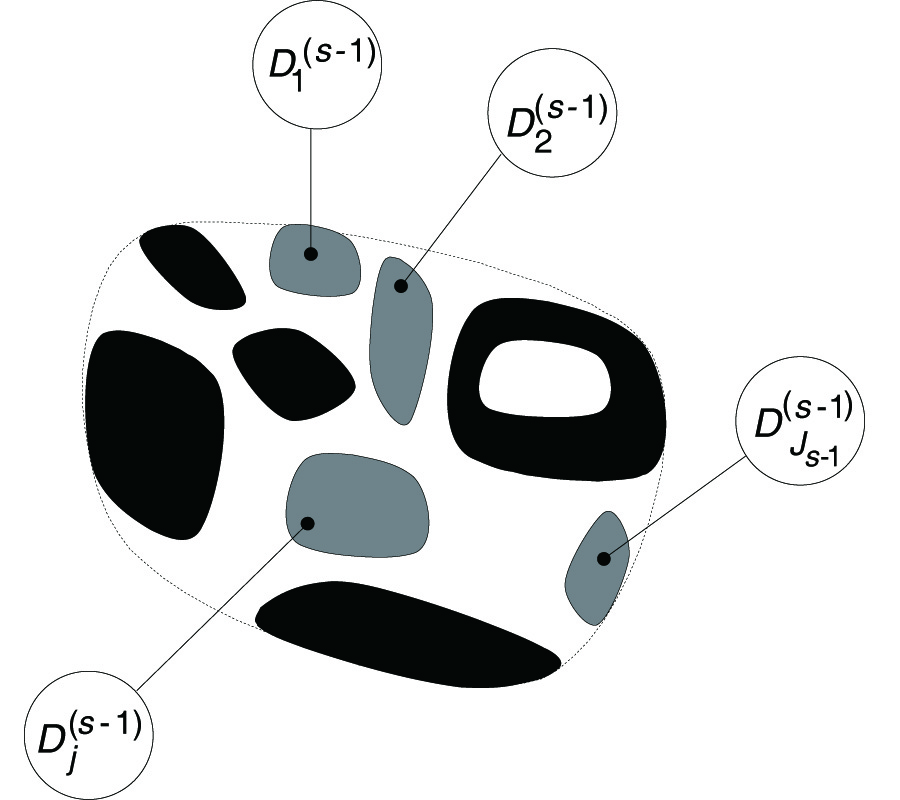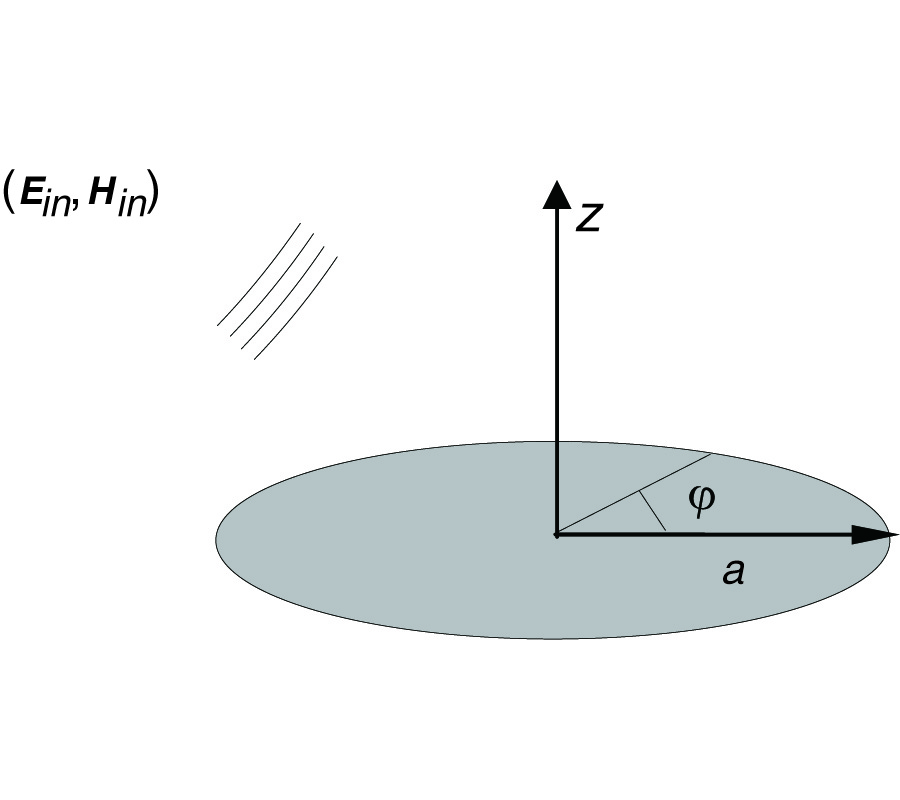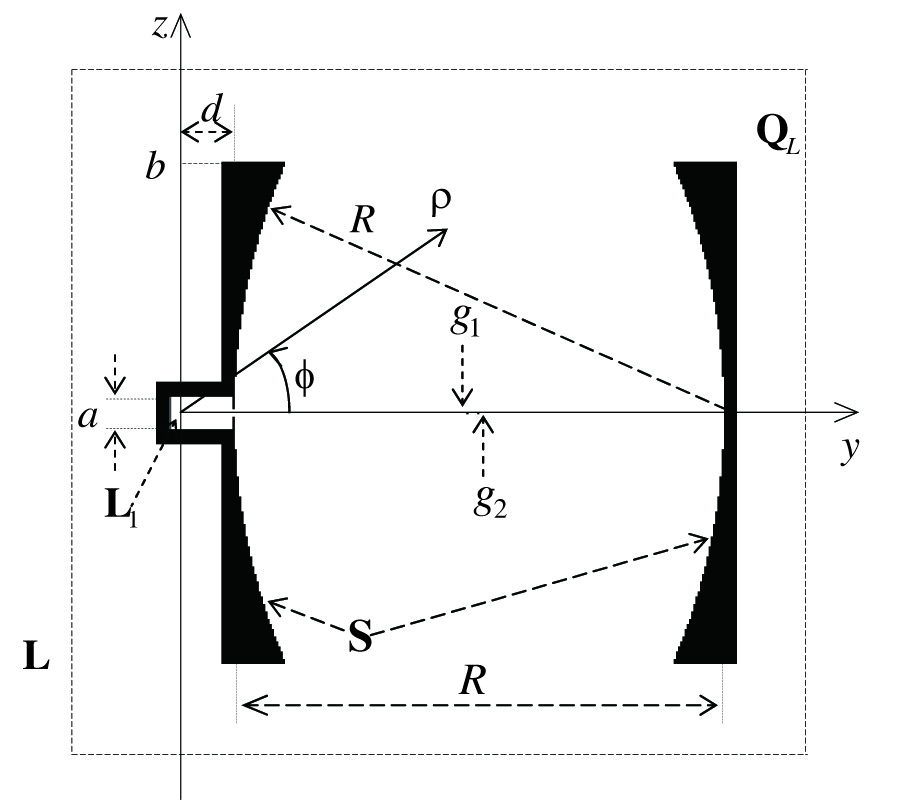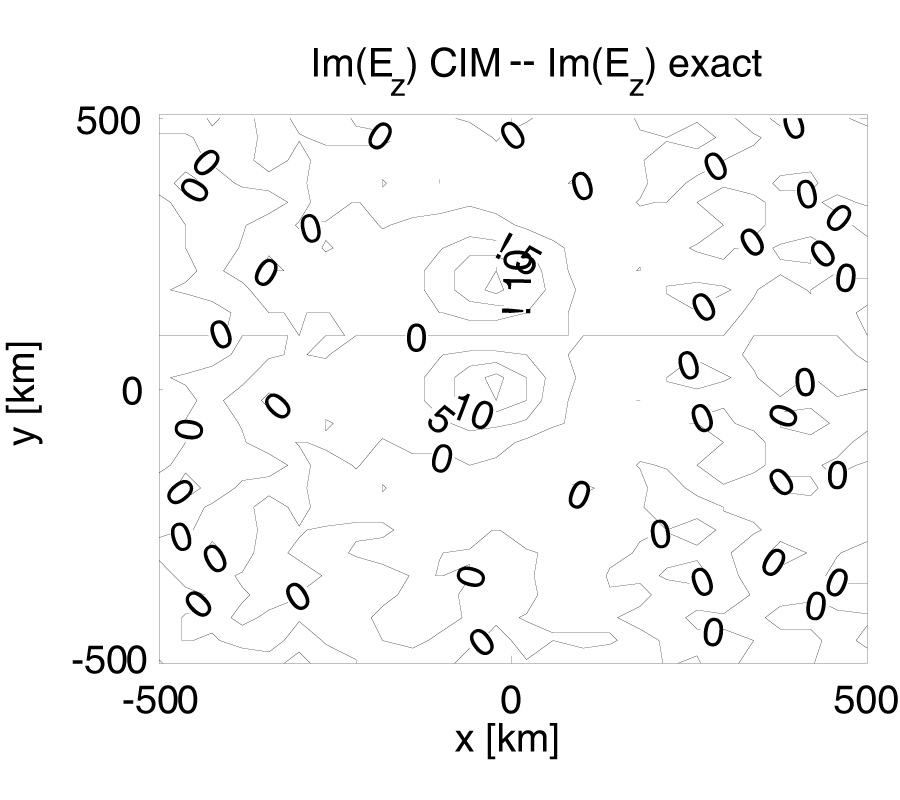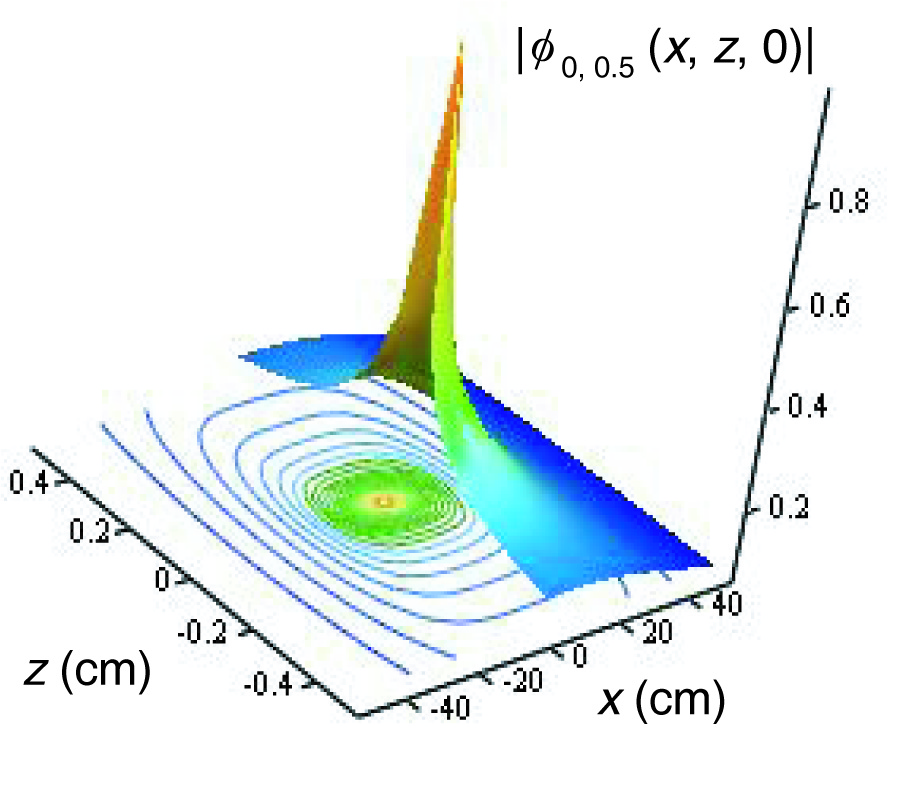Design of an Ultra-Wideband, Low-Noise Amplifier Using a Single Transistor: a Typical Application Example
Salih Demirel
,
Filiz Gunes
and
Ufuk Ozkaya
In this work, a design method of an Ultra-Wideband (UWB), low-noise amplifier (LNA) is proposed exerting the performance limitations of a single high-quality discrete transistor. For this purpose, the compatible (Noise F, Input VSWR Vi, Gain GT) triplets and their (ZS, ZL) terminations of a microwave transistor are exploited for the feasible design target space with the minimum noise Fmin(ƒ), maximum gain GTmax(ƒ) and a low input VSWR Vi over the available bandwidth B. This multi-objective design procedure is reduced into syntheses of the Darlington equivalences of the ZSopt(ƒ), ZLmax(ƒ) terminations with the Unit-elements and short-circuited stubs in the T-, L-, Π- configurations and Particle Swarm Intelligence is successfully implemented as a comparatively simple and efficient optimization tool into both verification of the design target space and the design process of the input and output matching circuits. A typical design example is given with its challenging performance in the simple Π- and Π-configurations realizable by the microstrip line technology. Furthermore the performances of the synthesized amplifiers are compared using an analysis programme in MATLAB code and a microwave system simulator and verified to agree with each other.
